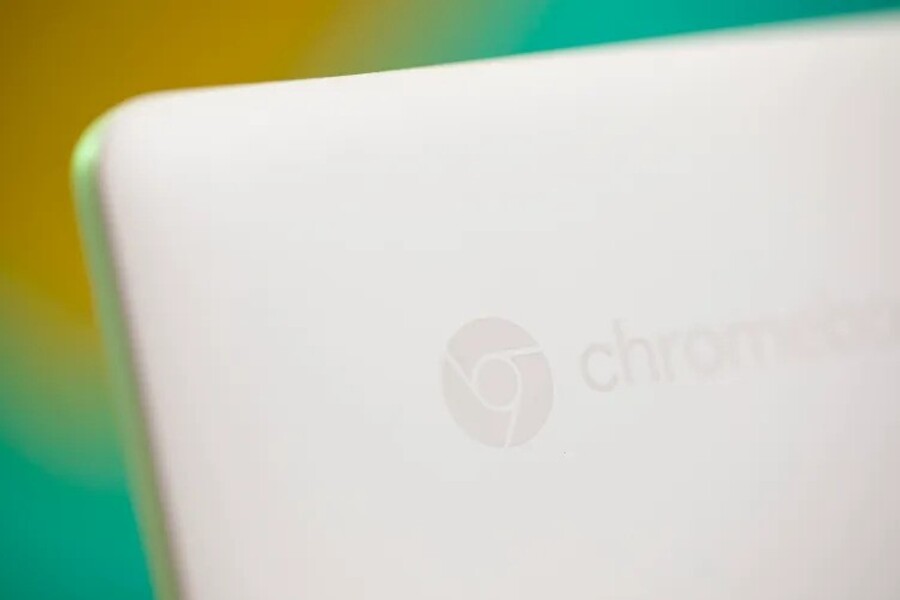Google has announced plans to merge its two major operating systems — Android and ChromeOS — into a single, unified platform. This long-anticipated move, which has been rumored for months and desired by many for nearly a decade, was confirmed by Sameer Samat, the president of Google’s Android ecosystem, in an exclusive interview with TechRadar. Samat, who oversees Android’s implementation across mobile devices, wearables, TV, auto, and XR, stated, “We’re going to be combining ChromeOS and Android into a single platform.”
This statement marks the closest thing to an official confirmation that Google is moving toward combining its mobile OS and its cloud-based operating system used in Chromebooks. Samat also indicated that he is closely monitoring how people use their laptops, suggesting that the merger could lead to enhanced features tailored to modern user needs.
A Long-Awaited Move
The announcement of this merger is the latest development in a series of steps Google has been taking to align Android and ChromeOS. Rumors of a potential merger have been circulating for several years, with Android Authority reporting in November 2024 that Google was already migrating ChromeOS over to the Android platform. This migration aims to help Google compete more effectively with Apple’s iPadOS, which has dominated the tablet market for years.
The groundwork for this shift may have already been laid. In June 2024, Google revealed that large portions of ChromeOS would now be developed using the Android stack, paving the way for a more integrated experience across devices. One notable achievement in this direction is that Chromebooks can already run many Android apps, allowing for a more seamless integration of the two ecosystems.
Bringing Android and ChromeOS Closer Together
Android is also gradually adopting features traditionally associated with desktop operating systems, which further narrows the gap between the two platforms. For instance, new features introduced this year include a desktop mode, resizable windows, and enhanced support for external displays — features that align more closely with the capabilities of ChromeOS.
This convergence makes sense strategically, as it will allow Google to streamline development efforts and improve the functionality of its software across multiple device categories. Both Android and ChromeOS have struggled to gain a strong foothold in tablet markets, where Apple’s iPadOS remains the dominant force. By combining the two platforms, Google hopes to create a more robust solution for users, particularly in the tablet and laptop spaces, where it has historically lagged behind Apple.
A Decade-Long Journey
The idea of merging ChromeOS and Android is not new. As early as 2015, reports suggested that Google was considering such a merger, and it was echoed by The Verge in 2013, when it wrote that combining the platforms “makes perfect sense.” Despite the logical fit, progress has been slow, and the merger has yet to materialize fully. The shift towards unification has been gradual, but this year’s announcement represents a significant step forward.
However, despite the positive outlook, it remains unclear exactly when the full merger will be completed. Given the scale of the task and the complexities of integrating two operating systems used by millions worldwide, it could take years before the full benefits of this unification are realized.
What This Means for Users
For end-users, the merger of ChromeOS and Android could offer a more seamless experience across devices, whether they are using a smartphone, tablet, or laptop. The integration of Android’s mobile features with ChromeOS’s productivity and cloud-based tools could enhance the user experience by allowing for greater flexibility, improved app compatibility, and a more unified interface.
As Google works on this integration, users can expect to see gradual updates across both platforms, with new features likely to appear first on Android before making their way to ChromeOS. The ultimate goal is to create a more cohesive ecosystem that rivals Apple’s iPadOS in both functionality and user appeal.
In summary, Google’s plan to merge ChromeOS and Android is a significant move in its ongoing effort to enhance its software ecosystem and compete more effectively in the mobile and tablet markets. While this change has been a long time coming, it may still be some years before users see the full extent of this integration. However, the future of Google’s operating systems looks poised to offer a more unified, flexible, and powerful experience for a wide range of devices.


